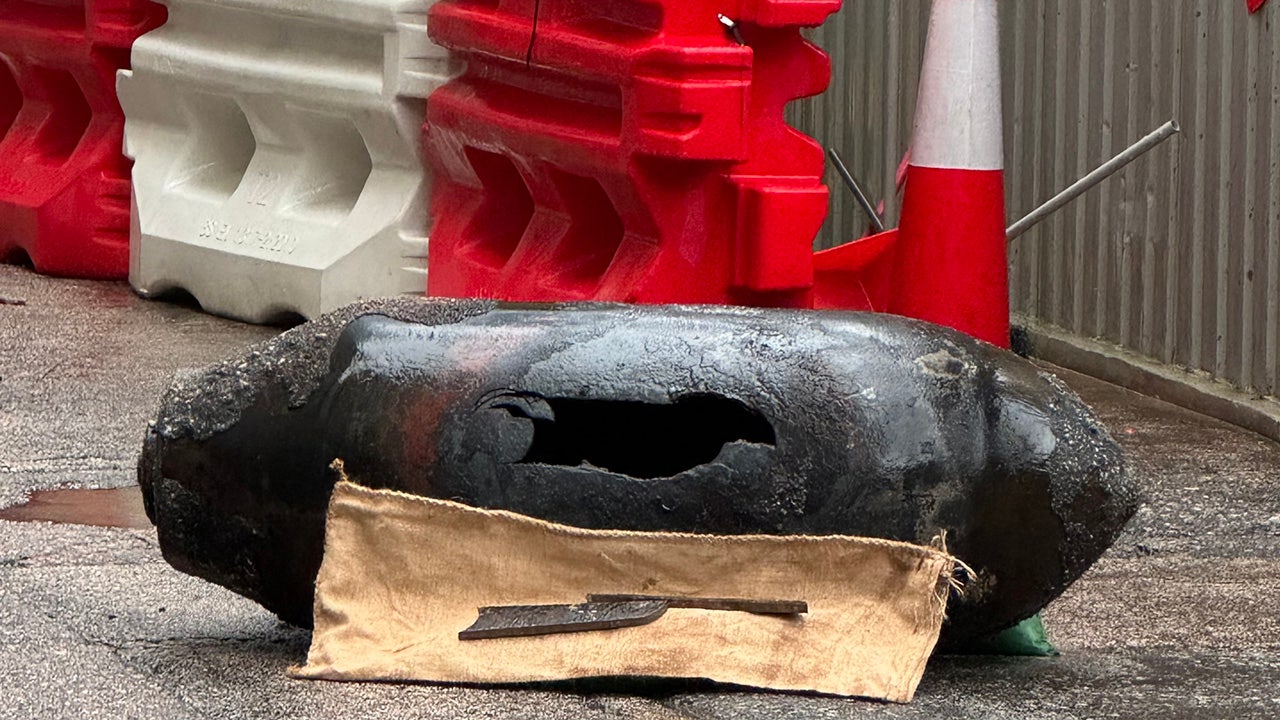It’s “Shark Weekend” in New York City.
Another shark was spotted swimming precariously close to swimmers at Rockaway Beach Saturday — just 100 feet away — prompting the closure of the popular watering hole for the second day in a row.
NYPD drones captured the toothsome predator around 6 p.m. in the area of Beach 113th and Beach 115th streets in Rockaway Park, Queens — with video showing the shark writhing just beneath the surface of the water, shockingly close to oblivious swimmers.
The shark’s fin seemed to sneak above the surface of the water for just a moment before it disappeared back into the Atlantic’s murky depths.
“The shark was last seen swimming back into open waters,” the city’s Deputy Mayor for Public Safety Kaz Daughtry tweeted.
“From the sky to the surf, we are constantly patrolling with drones to detect both shark activity and distressed swimmers. This is how we stay ahead of danger — and keep New Yorkers safe.”
Saturday’s sighting, the fourth in two days, shuttered the shore from Beach 92nd to Beach 124th streets.
Big Apple shores are apparently drawing more than just tourists and sun-seekers this summer.

On July 4, there were three shark sightings off the coast of Rockaway Park — at Beach 32nd Street, another at Beach 144th Street and a third at Beach 30th Street.
“These sightings were very close to beachgoers,” Daughtry warned in a post to X on Friday.
Officials have not said which type of sharks were spotted. However, species like Atlantic Menhaden and smooth dogfish have been known to favor New York waters.
In a statement Thursday, Gov. Kathy Hochul said New York park officials are utilizing drones and helicopters to beef up shark patrols in an effort to prevent any man-eater encounters.
“We are continuing to strengthen our shark surveillance capabilities and safety tactics at these beaches to help protect these treasured summertime traditions,” Hochul wrote.
“I encourage all beachgoers to stay safe, stay alert, and always follow the direction of lifeguards and park staff,” the governor advised.
Read the full article here















